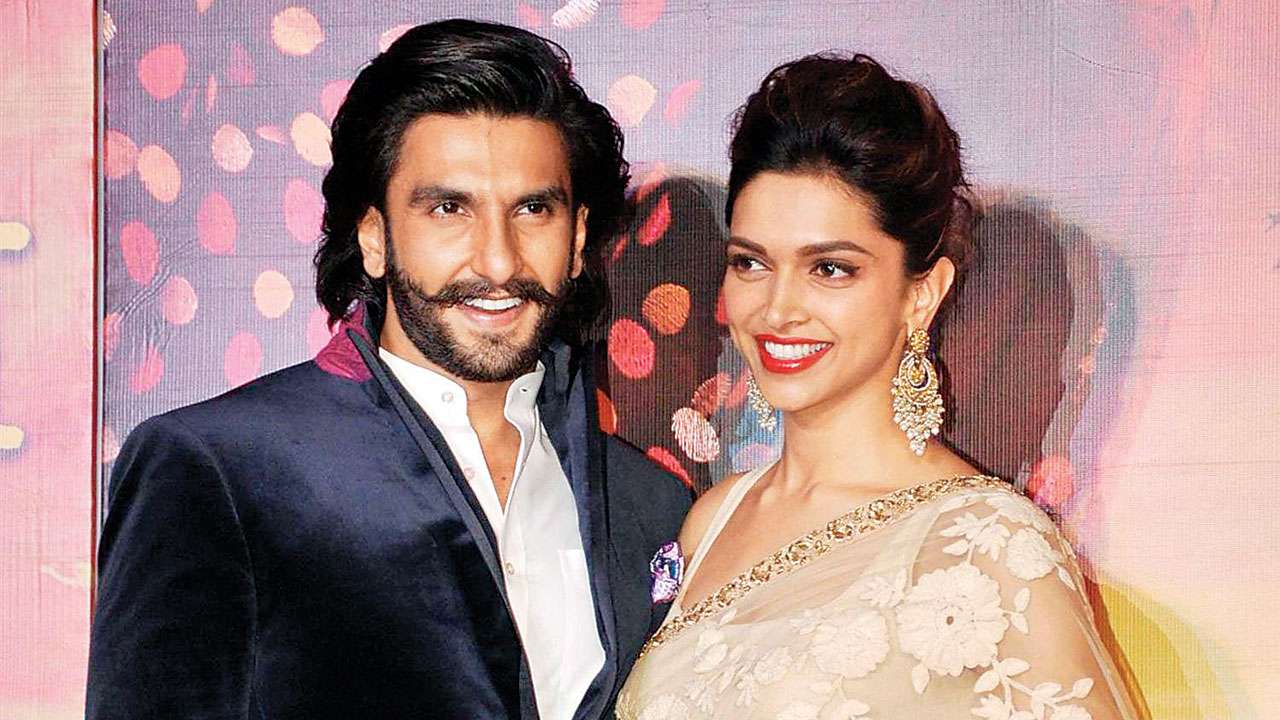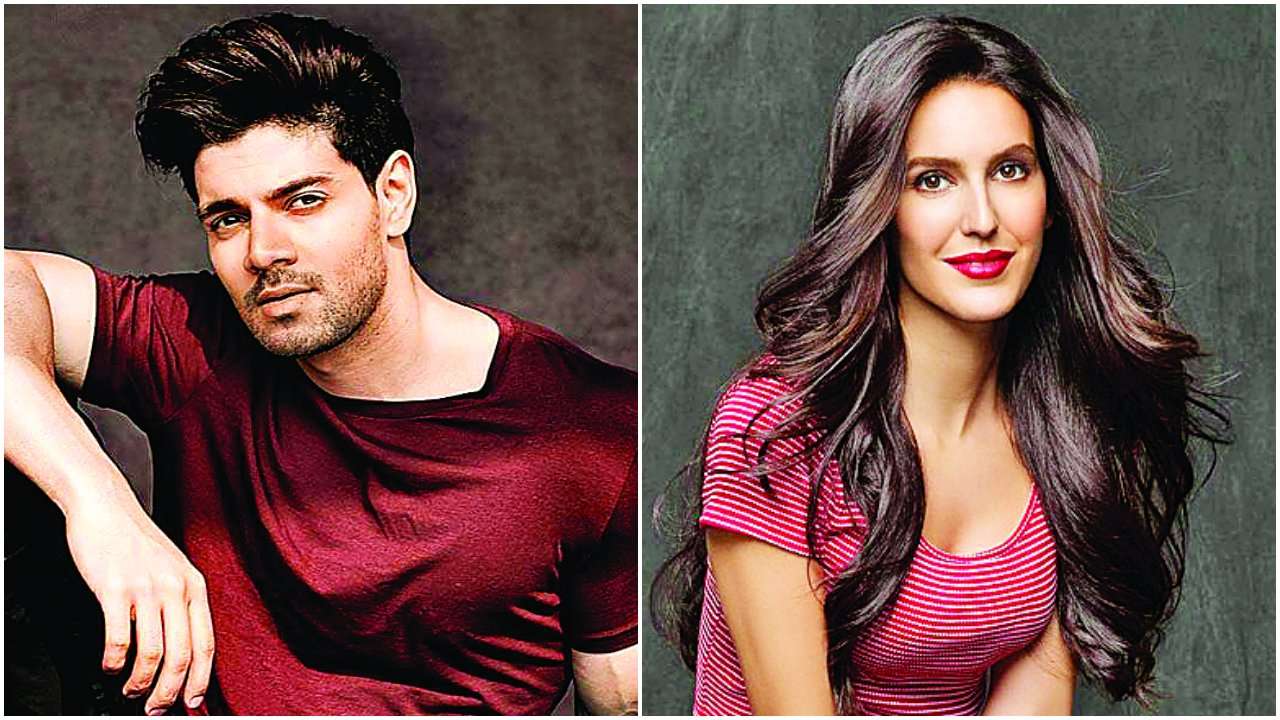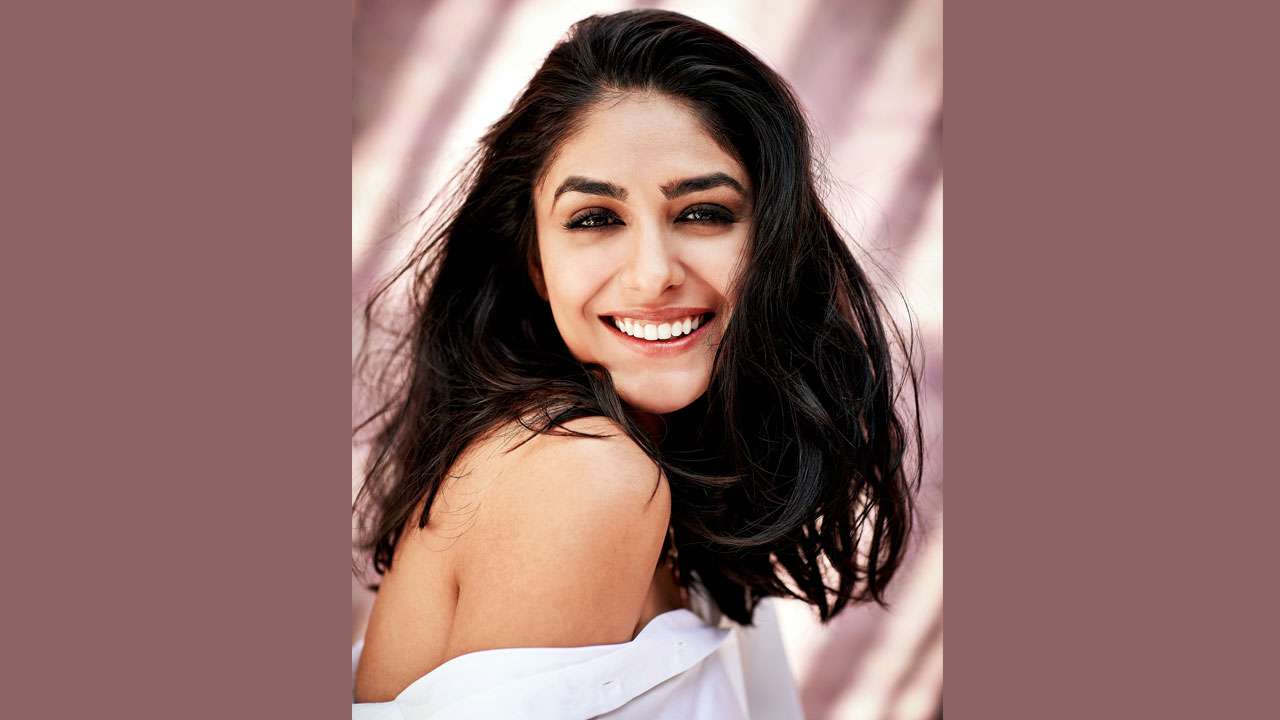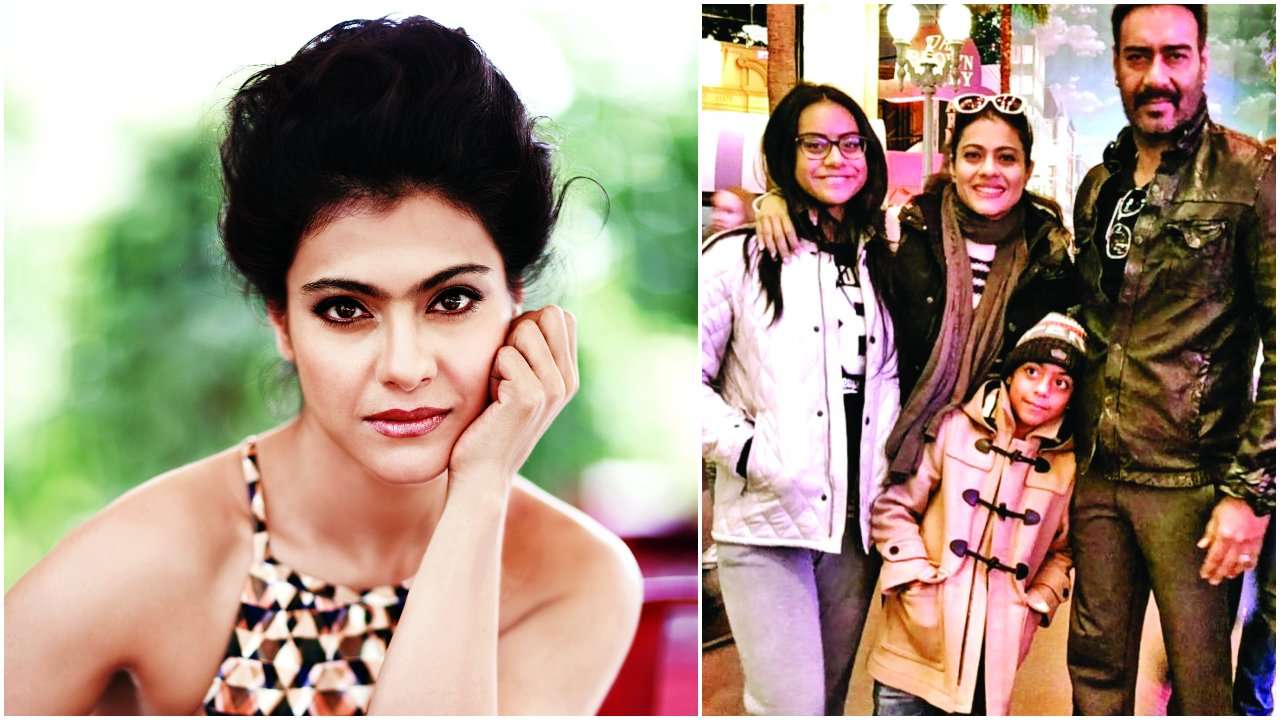![Sonam-K-Ahuja-Anand-Ahuja-Vogue-India-July-2018-Cover-Story Sonam K Ahuja Anand Ahuja Vogue India July 2018 Covers]() A love story that began on Snapchat and a wedding that broke Instagram—Sonam K Ahuja and Anand S Ahuja have perfected intimacy in a very public age. But what’s the real story behind the It couple?Shalini Shah (VOGUE; June 30, 2018)
A love story that began on Snapchat and a wedding that broke Instagram—Sonam K Ahuja and Anand S Ahuja have perfected intimacy in a very public age. But what’s the real story behind the It couple?Shalini Shah (VOGUE; June 30, 2018)Two years ago, after two months of conversations that began on Facebook and Snapchat, and progressed to late-night phone calls, Sonam Kapoor and Anand Ahuja decided it was time they met. The sole agenda was to see if the camaraderie and niggling romance developed over two continents could survive the daylight glare of an actual meeting. Sonam chose London, since Anand lived there and she had a fitting with designers Tamara Ralph and Michael Russo in the city prior to her Cannes appearance. The two were to meet in the afternoon, but excitement and apprehension meant patience was in short supply. So, they met immediately—he in his gym clothes, she in “gross” trackpants and tee. They spent the entire day walking around London, talking. And exactly two years from that day, they wed in Mumbai.
I meet her shortly after the wedding, and Sonam, her hands still bearing traces of the henna, is dressed in a yellow tee printed with the ideals of the French Revolution. She recalls her first date, “I was apparently wearing the worst sneakers he had ever seen. I keep telling him that he fell in love with me despite my bad sneaker game… That day, walking and talking in London, I knew he was the love of my life. He apparently knew the first time we spoke on the phone… It was just so easy.”
TWO WORLDSShe’s the National Award-winning actor known for her roles in films like Neerja (2016) and Aisha (2010), and the country’s best-known style ambassador. He is the founder of clothing label Bhane and sneaker store Veg Non Veg (and had no idea Sonam and Anil Kapoor were related). She likes fiction, film and dancing. He likes basketball, sneakers and philosophy. They’re both vegetarians, die-hard homebodies, outdoor-lovers and morning people. She’s now Sonam K Ahuja, he’s now Anand S Ahuja. “He makes clothes—and I wear them!“ she laughs with a rainbow-arch hand flourish of a magician doing a reveal. “He comes from a business background, so that’s alien to me. I’m the third generation in a film family. So there’s a lot to talk about, a lot to discover about each other, but we have a lot of similarities.”
When I speak to him later, Anand recaps the early days of their friendship: “The first time we met, we talked about our respective work. I was just struck by the fact that I could speak to her so openly about everything. We were chatting on Snapchat one night and she said, ‘Stop texting, just call me.’ And we spoke for two hours that night… Our friendship started over superficial things like vegan chocolates and sneakers but soon we were having deeper conversations.”
Theirs was a wedding that broke Instagram, a multi-event affair that both surprised and satisfied the curiosities of those witnessing it, on-ground and virtually. There were the guests, the flash mobs and dance-offs (all recorded by enthusiastic wedding-goers), and, since it’s Sonam, the trousseau.
![]() In their wedding fineryRUNWAY BRIDE
In their wedding fineryRUNWAY BRIDEAfter all, she’s India’s fashionista—her work wardrobe on any given day oscillates from Maticevski and Ashi Studio to Anamika Khanna and Abu Jani Sandeep Khosla, often combining avant-garde and high drama with classic. For her wedding lehenga, though, tradition trumped all; the red-gold creation in Maheshwari silk designed by Ahmedabad-based Anuradha Vakil was the stuff heirlooms are made of. “I’ve known Anuradha for many years. She’s a good friend of my mom. I fell in love with her clothes, so I’d asked her to design for Saawariya—probably the only film she’s ever done or will do. I don’t know anyone who understands Indian garments, textiles and embroidery as she does. I’d always tell her, ‘You are going to make my wedding lehenga. When—and if—I get married, you will.’ And I didn’t forget that,” adds Sonam.
Sonam told Vakil she loved lotuses, so the designer translated them into motifs embroidered in gold and silver thread. Since Anand, who plays basketball, can’t wear rings, New York-based tattoo artist Keith ‘Bang Bang’ McCurdy got him a version of the wedding ring—a tattoo on his ring finger.
![]() Anand’s ring finger sports a lotus tattoo by Bang Bang
Anand’s ring finger sports a lotus tattoo by Bang BangWhile sisters Rhea and Sonam have always collaborated in creating her statement-making looks, Sonam styled herself for the wedding. Anamika Khanna, Shehla Khan, Masaba, Abu Jani Sandeep Khosla… her style followers on Instagram weren’t surprised by the choice of labels she picked for all the functions. “While they’re all extremely talented people, I chose them because there was an emotional connection with each of them,” she adds.
Every detail of the wedding, she points out, was planned together by the couple. The Jo Malone-scented spaces, the jewellery (collected over the years, inherited, or designed by childhood friend Tarang Arora of Amrapali), the couple’s initials on her Jimmy Choo accessories, their sun signs on the mangalsutra, the foliage-print wallpaper that matched the wedding invite, her Gaia Repossi promise ring where no diamond resembles the other… She shows me up close her engagement ring that Tarang Arora designed—a mellow Golconda diamond in a gold setting, more liquid and citrine-esque than blinding. “I didn’t want a big fancy diamond. I wanted something that I wouldn’t feel embarrassed to wear all the time, I didn’t want something loud or showy. Anand sourced the stone—he loves saying it. He says it’s a meetha colour. It’s a little yellow, so it looks old and pretty.”
LOVE, ACTUALLYIt’s all quietened now, but there’s been no time to sit still and savour. Two days after the wedding, Sonam flew to Cannes, wowing us in voluminous Vera Wang and Ralph & Russo, while upon her return she’s been touring to promote Veere Di Wedding with her co-stars. Amidst this is a new pad in London’s Notting Hill that the couple is furnishing with Mumbai architect-designer Rooshad Shroff. “It’s nice making a home together. Anand is so encouraging when it comes to my work that he didn’t blink when I told him I was flying to Cannes two days after the wedding or that I was getting into promotions straightaway. There was no argument, just acceptance—you gotta do what you gotta do. But he posed one question to me: ‘If it was me who had to go to a work meeting right after the wedding, what would you do?’ I said I’ll kill you. So he’s like, ‘I think it’s double standards!’” she laughs.
![]() At the bidaaiBETTER TOGETHER
At the bidaaiBETTER TOGETHERAs two people who spend a lot of time together, have they rubbed off on each other in a way that couples do, widening the common ground in both interests and personalities? “He’s non-judgemental—with everybody. Very open-minded and progressive. I’m a little conservative and close-minded about a few things, and he’s taught me to see the other side, to look at things with a lot more compassion and care, to be a little more pragmatic and practical, as I can be very emotional and quick to judge sometimes, which is not nice,” Sonam ponders.
Anand, true to form, sees the other side in this, too. “She gives me a lot of confidence. Sonam’s very black and white. She knows what’s wrong and what’s right, and is not afraid to say it. I can see both sides of a story, but I often get stuck in the grey zone. I sometimes need to be able to say no, and Sonam gives me the confidence to do that, she supports me. She’s intuitive and patient, I second-guess.”
Once vaguely acquainted with Bollywood, he’s now seen all her films. And, while he acknowledges the brilliance of her performance in Neerja, he’s a little partial to Aisha and Khoobsurat. “Aisha, because that’s what people know her, as this amazing fashionista, and Khoobsurat because that’s her personality—that’s the Sonam I know.”
Read the complete interview in Vogue India’s June 2018 issue that hits stands on Julu 1, 2018
COVER LOOK 1On Anand: Sherwani, jacket; both Raghavendra Rathore
Buttons, necklaces; all Sunita Kapoor
On Sonam: Blouse, dupatta, lehenga; all Anuradha Vakil
Jewellery: Sunita Kapoor and Amrapali
Shoes: Jimmy Choo. Kaliras, Mrinalini Chandra
COVER LOOK 2On Sonam: Blouse, dupatta, lehenga; all Abu Jani Sandeep Khosla.
Maang tikka, earrings, necklace; all Sunita Kapoor
Photographed by Signe Vilstrup
Creative direction by Anaita Shroff Adajania
Additional photographs by Taras Taraporvala and Anand Rathi
Photographer’s agency: Tomorrow Management.
Anand Rathi’s agency: Reels & Frames.
Anand Ahuja’s stylist: Abhilasha Devnani.
Photographer’s assistant: Nitiraj Singh.
Fashion assistant: Priyanka Kapadia.
Wedding decor: Rani Pink.
Wedding event planner: Wednishka.
Photoshoot production: Divya Jagwani.
Backdrop and props: Bindiya Chhabria.
Special thanks: Neha G
![]()






























